Get Best Optical Service by top-rated Optometrists
- Affordable and effective optical services offered at EyeMantra
- Best Eye Care Services using advanced technologies
- Online/Offline vision on Sightlessness/Low vision.
FREE Tele-Consultation
Book Appointment or Video Consultation online with top eye doctors
"*" indicates required fields
What is Sightlessness?
Sightlessness is the state of being blind or lacking sight. Optical services are offered at EyeMantra hospitals. Our experienced optometrists are professionally qualified to deliver quality services to clients. EyeMantra has invested in faster glazing machines to offer the best spectacles and contact lenses for the patient with vision problems.
Symptoms OF Sightlessness
People with similar levels of sightlessness may have very different responses to symptoms. If one is born blind, there’s much less adjustment to a non-seeing world than there’s for folks that lose their vision late in life, where there could also be a lower ability to deal with that visual loss.
One of the foremost common symptoms of dry eyes is an eye fixed with water. The breakdown of the oily and mucous layers of the eyes keeps tears from evaporating, and therefore the eye compensates by producing more water. Having “tired eyes” at the end of the day is another symptom. People that lose their vision suddenly, instead of over a period of years, can also have more difficulty adjusting to their sightlessness.


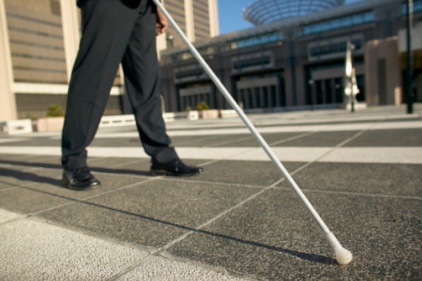

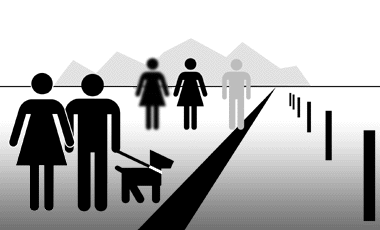

However, when sightlessness may be a result of infection of the cornea (the dome ahead of the eye), the normally transparent cornea may become white or grey, making it difficult to see at the colored part of the eye. In sightlessness from cataracts, the normally black pupil may appear white. Some blind people have learned to seem directly at the person they’re speaking with, so it’s not obvious they’re sightless.
Causes of Sightlessness
Sightlessness can happen out of the blue or grow slowly over time. Sightlessness could also be absolute or partial, involving just one eye or maybe certain parts of the field of vision. Sightlessness also can be considered as a loss of sight that can’t be corrected to a traditional level with eyeglasses.
The causes of sightlessness are extremely varied and range from conditions affecting the eyes to conditions affecting the visual processing centers within the brain. Impaired vision becomes more common with age. Common causes of sightlessness within the elderly include diabetic retinopathy, glaucoma, age-related degeneration, and cataracts.
Diabetes is the top cause of sightlessness. Nearly all patients with type 1 diabetes develop this condition, as do about 60 percent of those with type 2 diabetes
In diabetic retinopathy, the small blood vessels of the retina are damaged. While no symptoms appear during the primary stages of the condition. It’s important to treat retinopathy as soon as possible via regular eye exams. Otherwise, your vision can blur and cause sightlessness.
After age 60, degeneration may be a leading cause for sightlessness which is genetic. Degeneration occurs when eye tissue degenerates, causing blurriness or loss of vision within the central part of the eye.
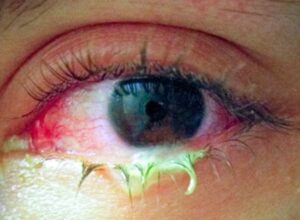

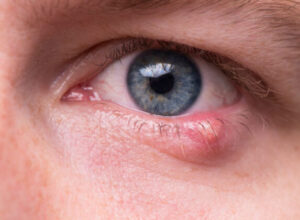

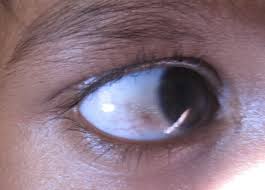
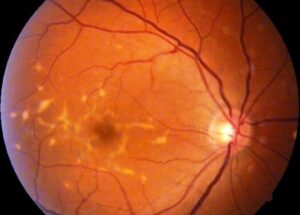
Risk Factors Against Sightlessness
Living in a third-world country without easy access to modern medical treatment is a major risk factor for sightlessness. Other potential dangers include:








Treatment of Sightlessness
The treatment of visual defects or sightlessness depends on the cause. In third-world nations where many of us have poor vision as a result of a refractive error, merely prescribing and giving glasses will solve the matter.
Cataract surgery for nutritional cause
Nutritional causes of sightlessness are often addressed by dietary changes. There are many people within the world who are blind from cataracts. In these patients, cataract surgery would, in many of the cases, would restore their eyesight.
Medication for infectious causes
Inflammatory and infectious causes of sightlessness are often treated with medication within the sort of drops or pills. Corneal transplantation may help people whose vision is absent as a result of corneal scarring.
Prevention from Sightlessness
The best way to prevent sightlessness like wearing sunglasses and eating greens can help protect your eyesight and debar vision problems later in life. However, it’s important to look at the following measures:
Healthy Diet
A healthy meal that you should consider starts with spinach or kale salad topped with brightly colored vegetables. Also, the green leafy diet provides the nutrients lutein and zeaxanthin will help in reducing the risk of eye diseases. For boosting your eye health you can also add the following to your diet:
- Yellow and orange vegetables like carrots and sweet potatoes for vitamin A
- Fruits like strawberries, oranges, and mangoes for vitamin C
- Salmon and fish to prevent tear production to relieve dry eyes
Regular Eye Check-ups
Getting a daily eye exam is another important way to prevent problems, like glaucoma or diabetic disease. Most people with vision problems should see their ophthalmologist once a year to make sure their sight hasn’t changed.
Use of Sunglasses
Eyesight can be protected if you use sunglasses while going outside. The skin around your eyes may be the thinnest on the body and is susceptible to ultraviolet (UV) radiation. Various sorts of carcinoma, like carcinoma and melanoma, can form within the eyelids and around the eyes, causing major damage to the eyes. Sunglasses should have complete, 100 pc protection from UVA and UVB (long and short wave) rays.
We also provide charitable services for the “underprivileged sections of society”. Because we believe in making the world a happier place to live in.
So an individual who requires eye treatment, but is unable to afford the treatment expenses, can come to our hospital and their entire treatment will be done “free of cost or at a very nominal price”.
To know more about the Cost of SMILE Eye Surgery at Eye Mantra contact us on :
+91 –9711115191 or you can visit EyeMantra- Best Eye Hospital
Our Team

Cataract, Retina, Glaucoma, LASIK
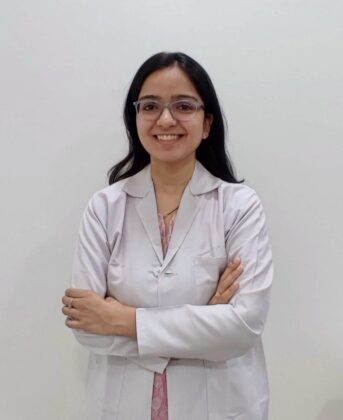
Retina Specialist

Cataract, Retina, Glaucoma, LASIK

Cataract, Retina, Glaucoma, LASIK
FAQ's
When you lose your sight, your senses of hearing, smell, taste, and touch do not improve. People who have lost their vision, on the other hand, learn to concentrate and listen better, as well as pay greater attention to information received through other senses.
Even with therapy, glaucoma can cause sightlessness in at least one eye 15% of the time over the course of 20 years. Glaucoma, however, usually advances slowly over time. With treatment, the progression of visual loss can be delayed, halted, or even reversed.
People who are visually impaired frequently move around using their memory in places where they spend a lot of time. Most visually impaired people use a white cane to search for obstacles on less familiar paths. Some people have a pet dog that warns them about potholes, curbs, cars, and other dangers.
Vision loss can happen in one eye or both eyes at the same time. It’s frequently an indication of an underlying problem, such as a blood clot, that causes insufficient blood flow to the eye. The loss of eyesight might last from seconds to minutes.
When a blood vessel in your retina tightens, it causes vasospasm. This cuts down on blood flow, which can bring on temporary vision loss in one eye. Various conditions can lead to vasospasm. These include a retinal migraine, atherosclerosis, and high blood pressure.
A grey-out is a brief loss of vision characterized by a perceived fading of light and color, as well as a loss of peripheral vision in some cases. Hypoxia (low brain oxygen level), which is often induced by a drop in blood pressure, causes it to be a precursor to fainting or blacking out.
Diabetes, diabetic retinopathy, cataract, degeneration, and glaucoma can be the most common causes of sightlessness.
We can’t correct our vision without professional help, and there’s no quick-and-easy fix for eyesight problems. But with tools such as good nutrition and diet, you can still help your eyesight naturally and on your own. As always, please discuss this with your eye doctor.


